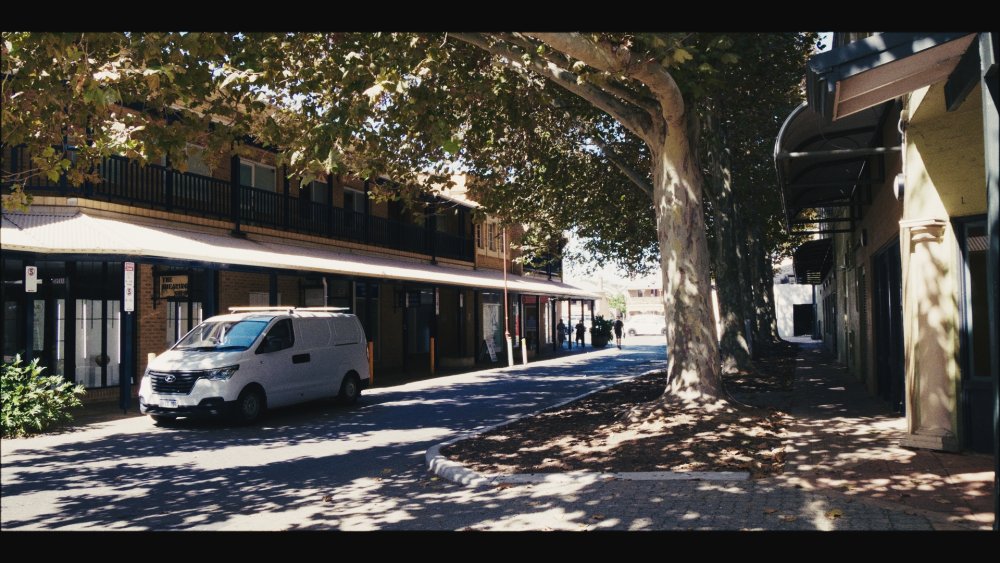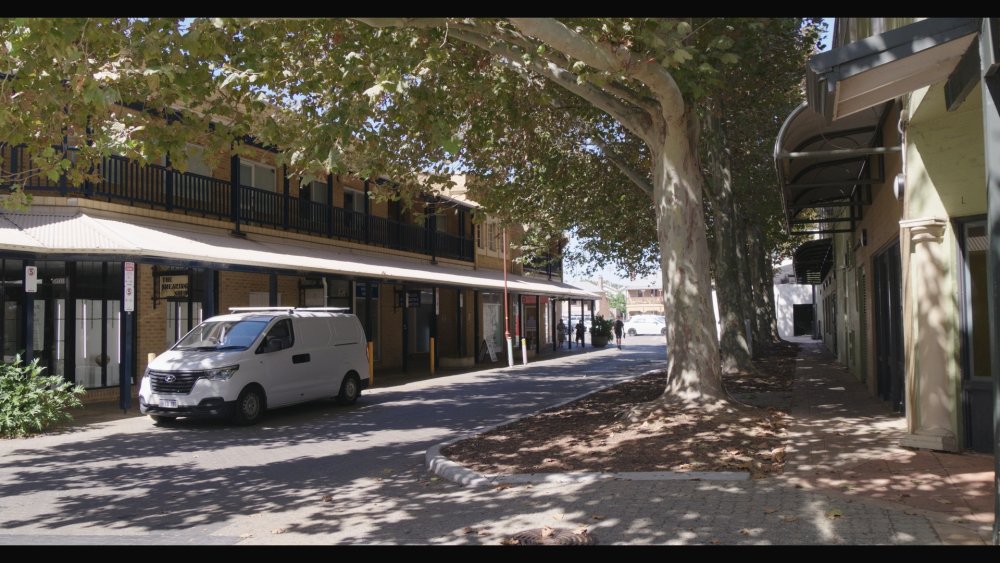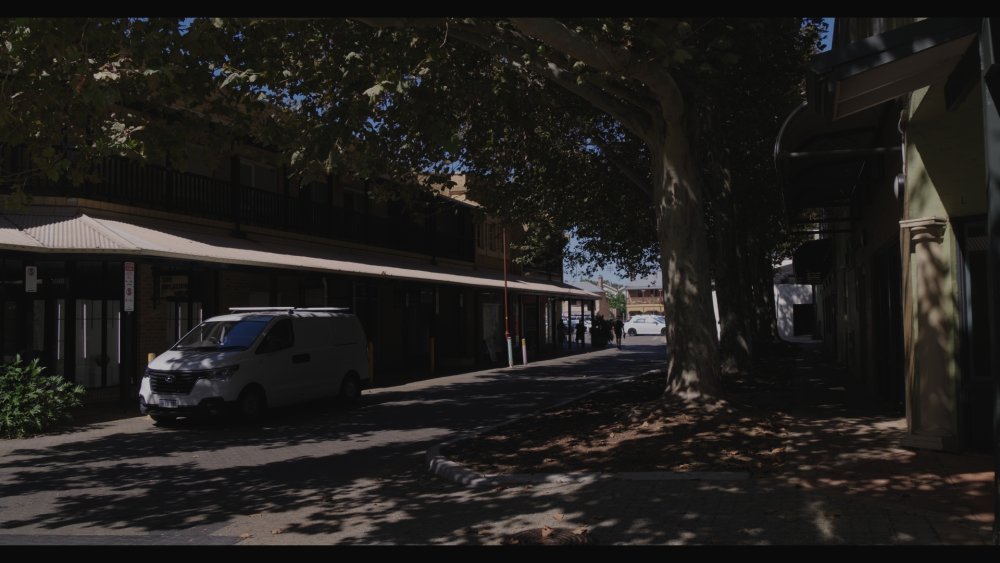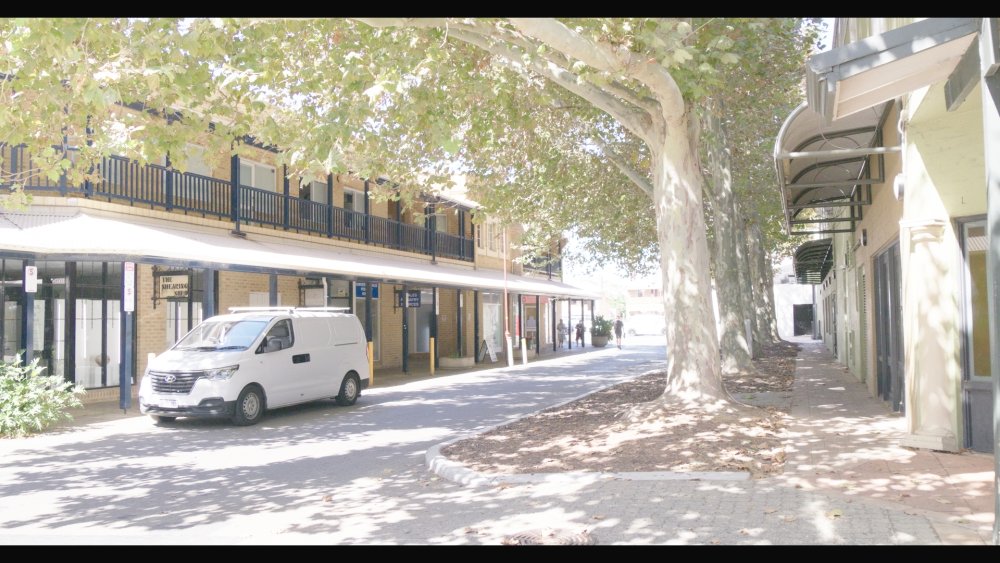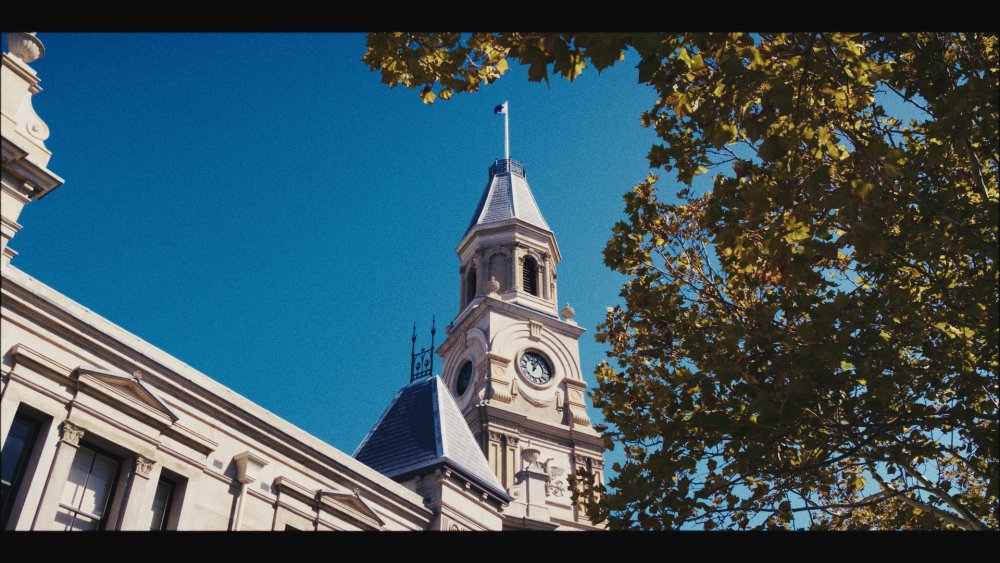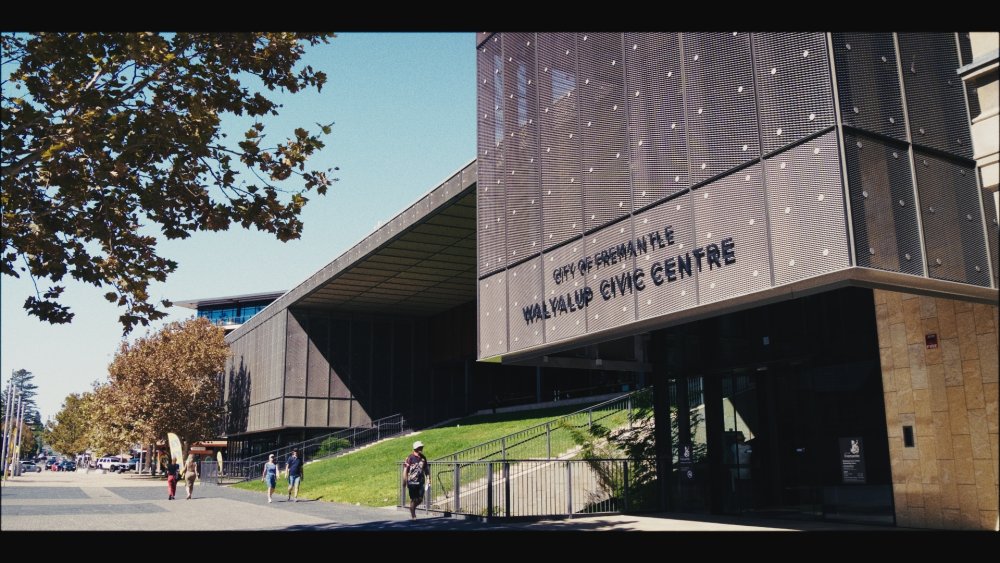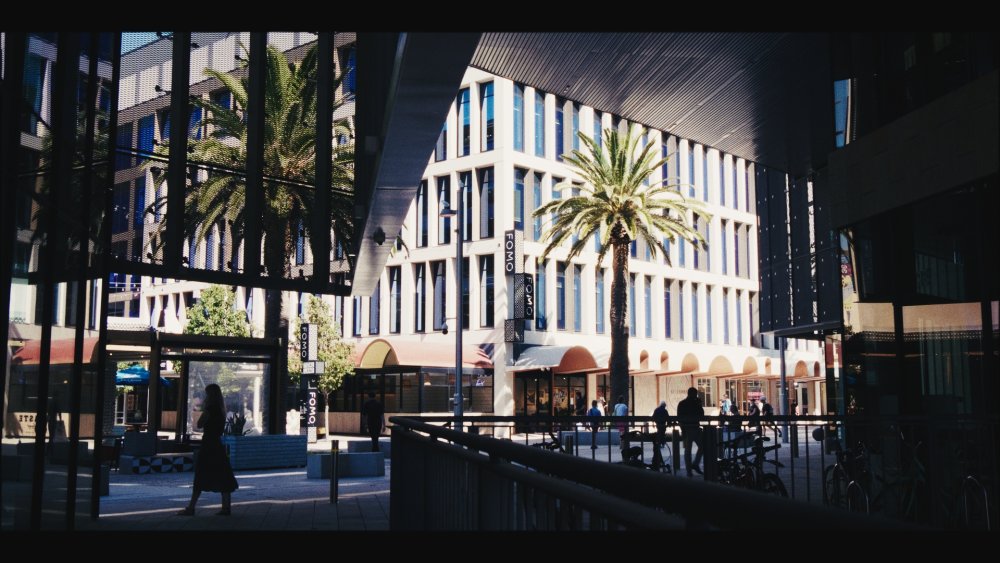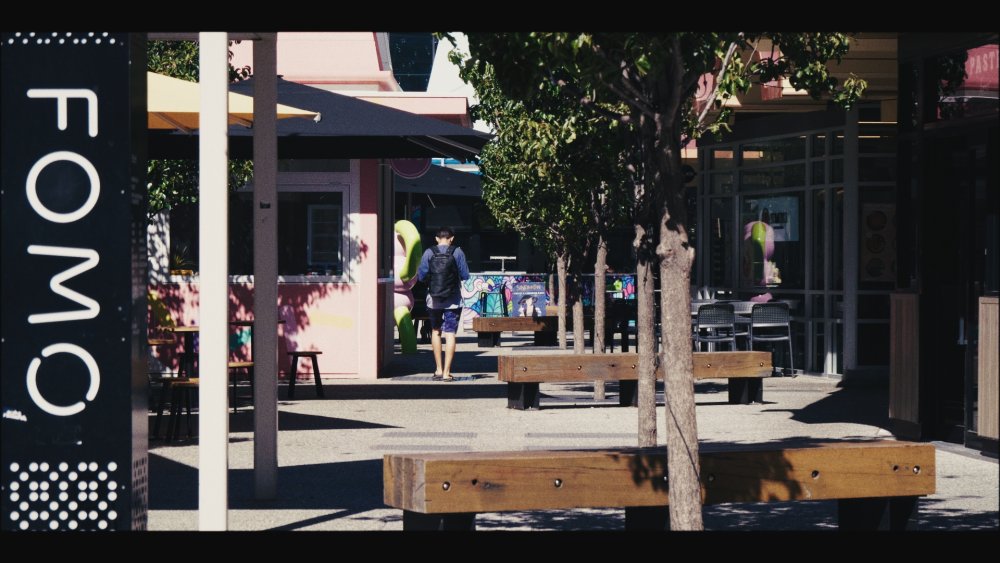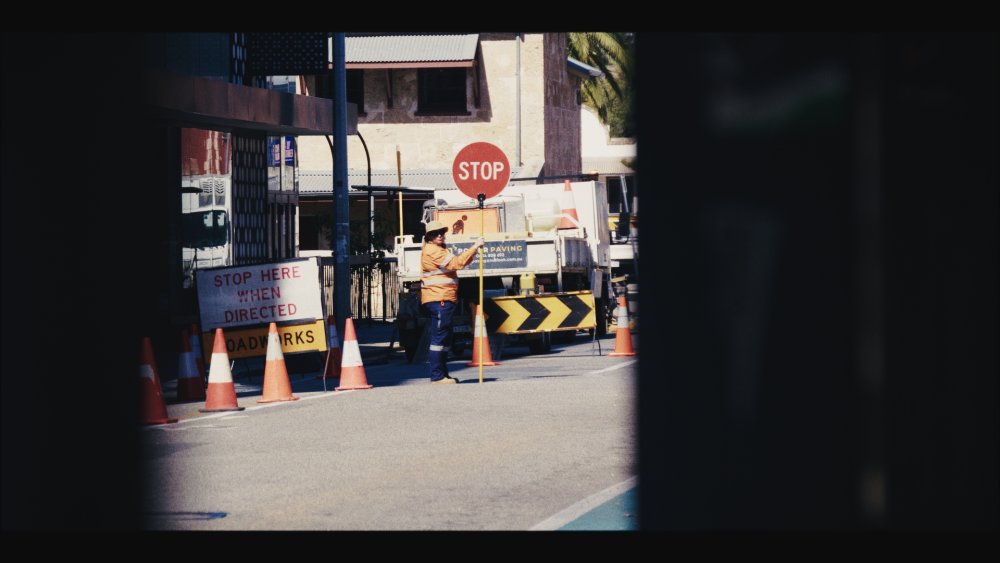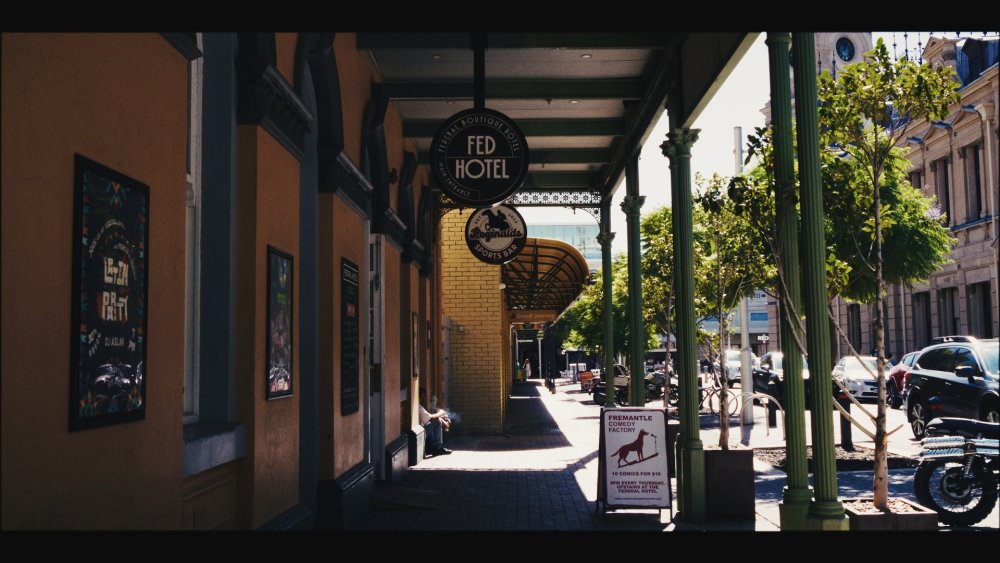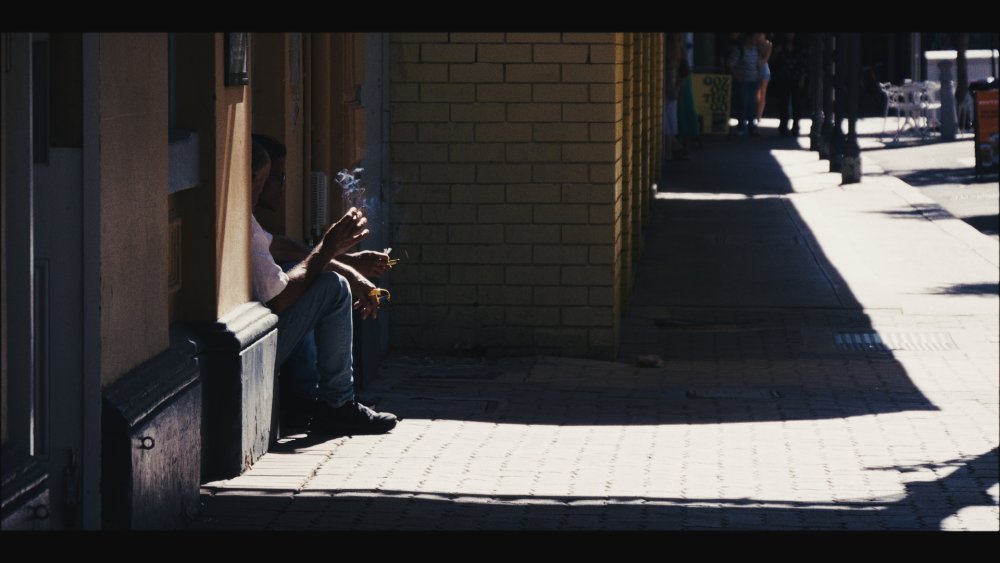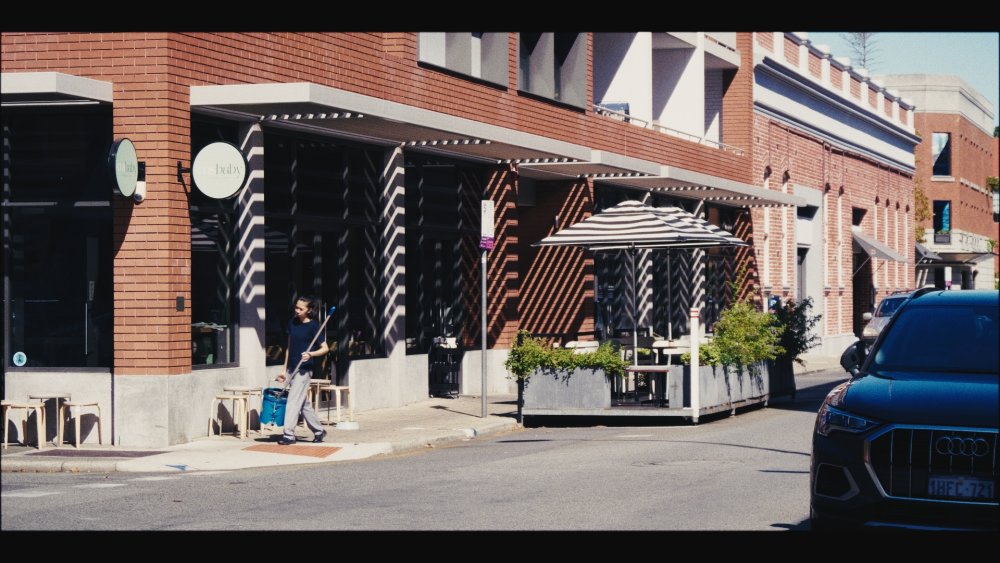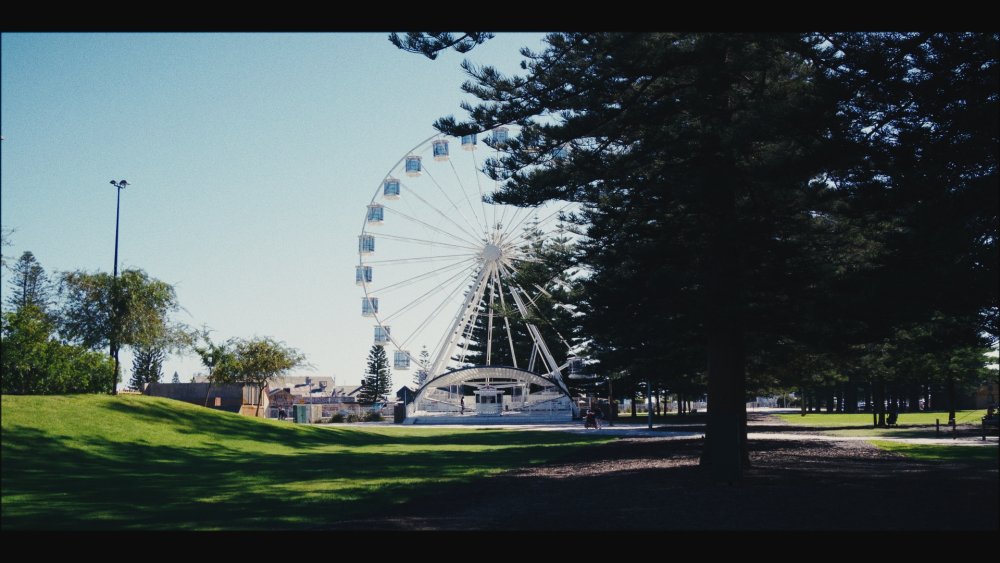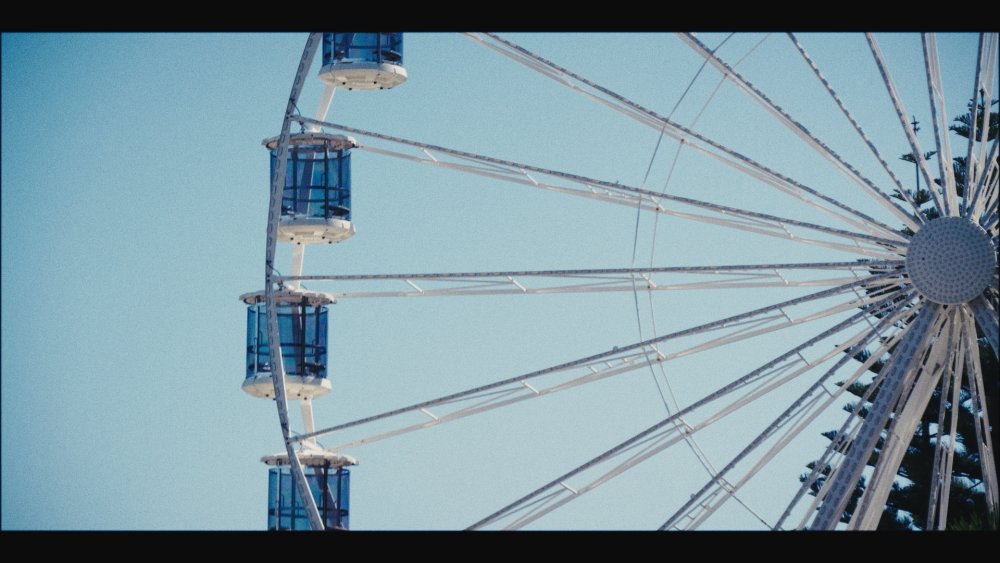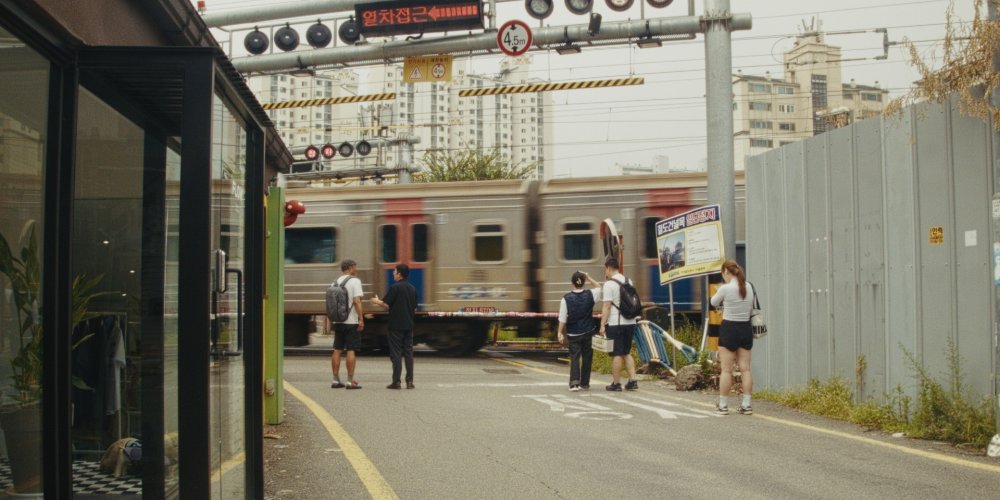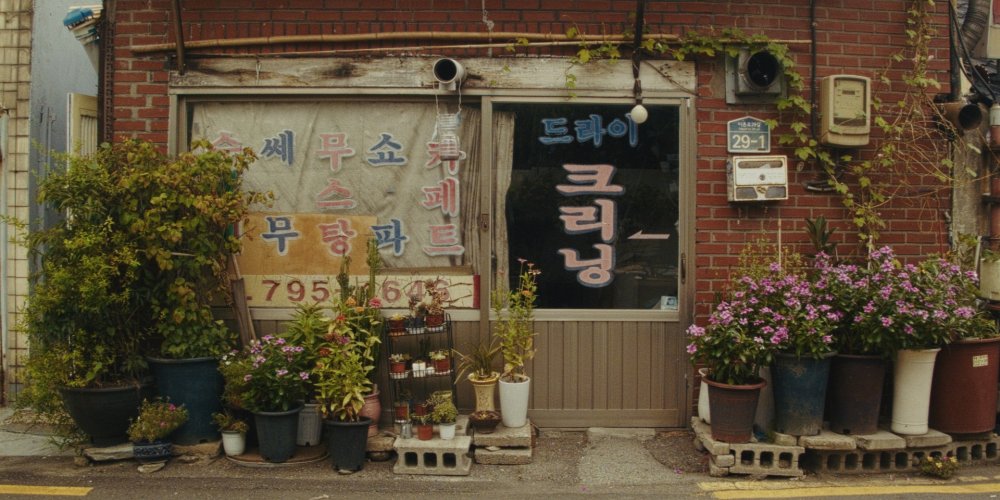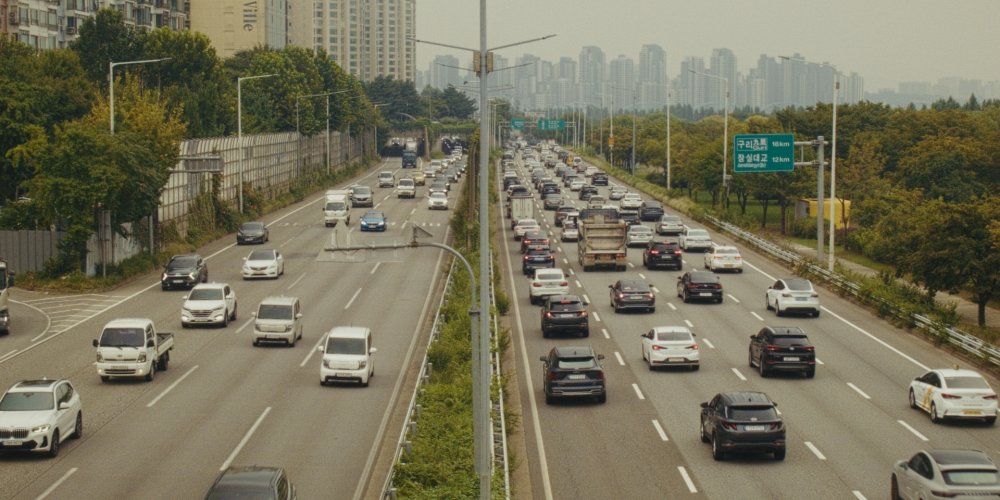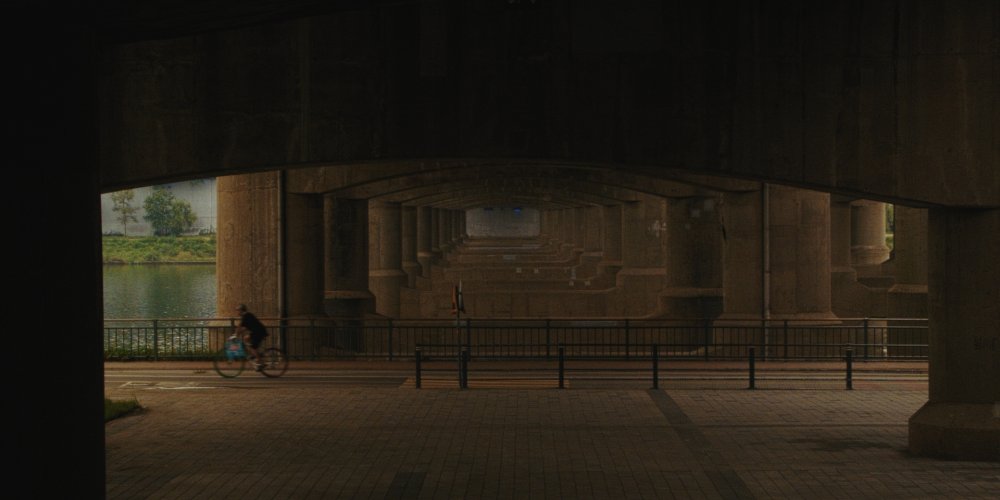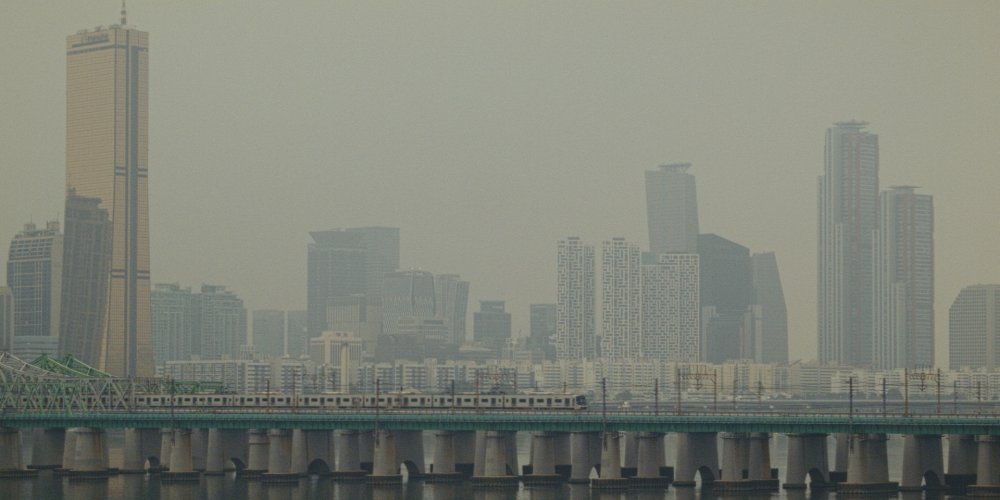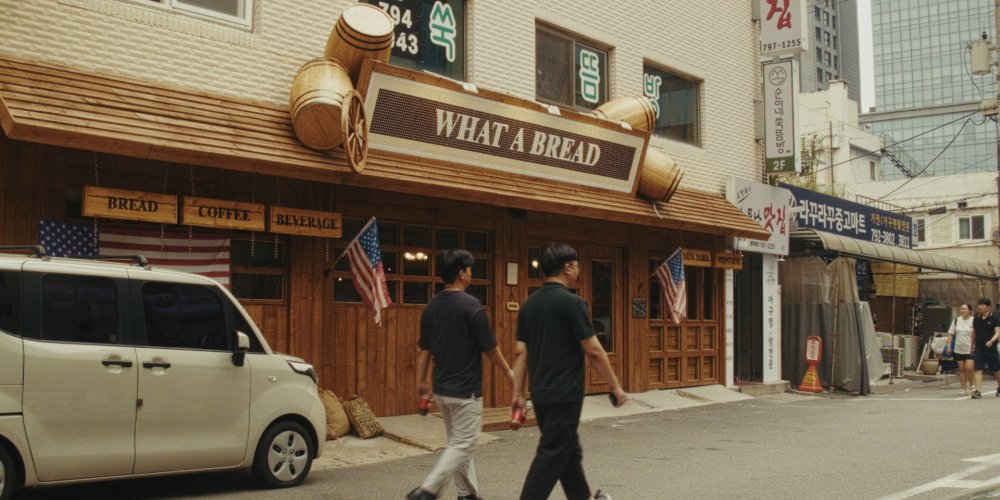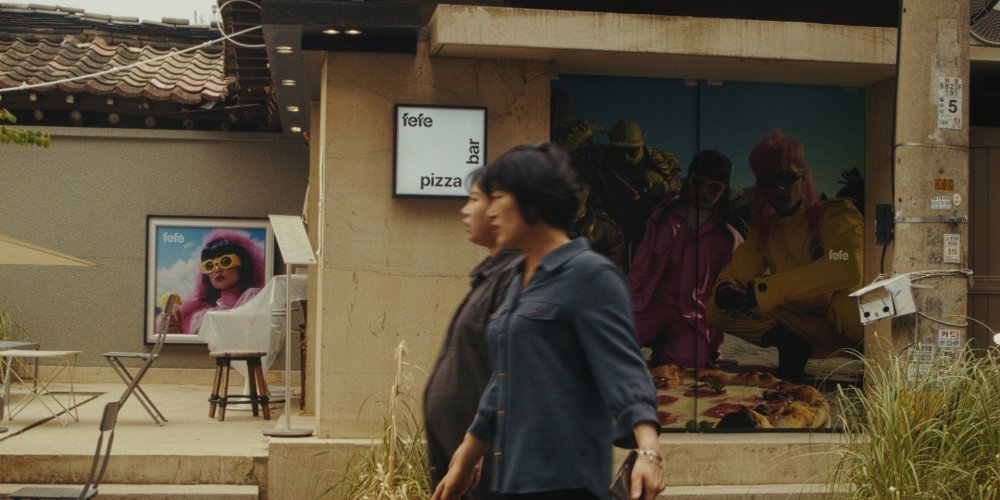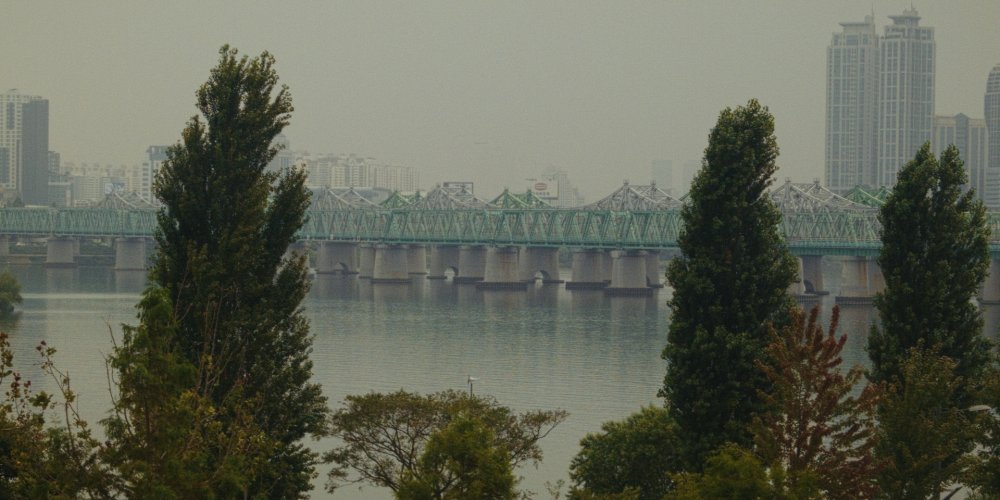-
Posts
7,831 -
Joined
-
Last visited
About kye

Profile Information
-
Gender
Not Telling
-
Location
a
-
Interests
a
-
My cameras and kit
a
Contact Methods
-
Website URL
a
Recent Profile Visitors
116,811 profile views
kye's Achievements

Long-time member (5/5)
5.7k
Reputation
-
 kye reacted to a post in a topic:
The best film-making advice I ever got
kye reacted to a post in a topic:
The best film-making advice I ever got
-
 Geoff_L reacted to a post in a topic:
The best film-making advice I ever got
Geoff_L reacted to a post in a topic:
The best film-making advice I ever got
-
 Geoff_L reacted to a post in a topic:
New travel film-making setup and pipeline - I feel like the tech has finally come of age
Geoff_L reacted to a post in a topic:
New travel film-making setup and pipeline - I feel like the tech has finally come of age
-
The low-contrast look has been fashionable for a long time, since people started shooting in LOG and then editing in it and getting used to how it looks. Colourists talk about this problem like it's been around for many years and simply never went away. This caused a feedback loop where directors fought the colourist to keep things bland, which made films get released with bland grades, and then this became the reference for future directors and also all the amateurs. Also, it's quite hard to add contrast in post because it requires a clarity of thinking that many do not possess. When you look at your image and see it's captured all this information in the shadows and highlights and then apply a healthy level of contrast you immediately miss the details that are now crushed in the rolloffs. This leads to the question of what parts of the scene can be obscured. The only way to be able to answer this question is to understand what the shot is about, and therefore what is relevant. This is a level of maturity not yet attained by many. I didn't really do a systematic comparison with the G9ii, but in general terms, why would I pay several thousand dollars for a new camera that isn't the leading offering, when the flagship is only a few hundred more? Certainly, if internal Prores and cooling fans were absent on the G9ii then either of those would probably have been an instant disqualification. The size comparison is pretty moot as well, for street work I'd consider both to be full-sized bodies.
-
 zlfan reacted to a post in a topic:
The best film-making advice I ever got
zlfan reacted to a post in a topic:
The best film-making advice I ever got
-
 John Matthews reacted to a post in a topic:
New travel film-making setup and pipeline - I feel like the tech has finally come of age
John Matthews reacted to a post in a topic:
New travel film-making setup and pipeline - I feel like the tech has finally come of age
-
 John Matthews reacted to a post in a topic:
New travel film-making setup and pipeline - I feel like the tech has finally come of age
John Matthews reacted to a post in a topic:
New travel film-making setup and pipeline - I feel like the tech has finally come of age
-
Yes, that's the one. K&F Concept 58mm True Color Variable ND2-32 (1-5 Stops) ND Lens Filter, Adjustable Neutral Density Filter with 28 Multi-Layer Coatings for Camera Lens The key phrases are "True Color" and "ND2-32 (1-5 Stops)". They sell ones that have a wider range, but aren't as high quality and will have greater colour shifts over the operating range. Having hard stops is the key to preventing you pushing it too far and getting into the range where the performance is poor (which I think is inevitable of this design, so the hard stops just stop you before you get there).
-
 zlfan reacted to a post in a topic:
New travel film-making setup and pipeline - I feel like the tech has finally come of age
zlfan reacted to a post in a topic:
New travel film-making setup and pipeline - I feel like the tech has finally come of age
-
 zlfan reacted to a post in a topic:
New travel film-making setup and pipeline - I feel like the tech has finally come of age
zlfan reacted to a post in a topic:
New travel film-making setup and pipeline - I feel like the tech has finally come of age
-
Thanks.. To be honest I just find it baffling that everyone is throwing the word "cinematic" around and yet all the colour grades look like they haven't been converted from LOG to 709. It's one of the easiest changes you can make in post to take your footage from video to cinema, and yet hardly anyone does it. Pushing as much contrast and saturation as you can was the best film-making advice I ever got.
-
 kye reacted to a post in a topic:
New travel film-making setup and pipeline - I feel like the tech has finally come of age
kye reacted to a post in a topic:
New travel film-making setup and pipeline - I feel like the tech has finally come of age
-
 kye reacted to a post in a topic:
New travel film-making setup and pipeline - I feel like the tech has finally come of age
kye reacted to a post in a topic:
New travel film-making setup and pipeline - I feel like the tech has finally come of age
-
 kye reacted to a post in a topic:
New travel film-making setup and pipeline - I feel like the tech has finally come of age
kye reacted to a post in a topic:
New travel film-making setup and pipeline - I feel like the tech has finally come of age
-
 newfoundmass reacted to a post in a topic:
New travel film-making setup and pipeline - I feel like the tech has finally come of age
newfoundmass reacted to a post in a topic:
New travel film-making setup and pipeline - I feel like the tech has finally come of age
-
 Ty Harper reacted to a post in a topic:
New travel film-making setup and pipeline - I feel like the tech has finally come of age
Ty Harper reacted to a post in a topic:
New travel film-making setup and pipeline - I feel like the tech has finally come of age
-
 ac6000cw reacted to a post in a topic:
New travel film-making setup and pipeline - I feel like the tech has finally come of age
ac6000cw reacted to a post in a topic:
New travel film-making setup and pipeline - I feel like the tech has finally come of age
-
 kye reacted to a post in a topic:
New travel film-making setup and pipeline - I feel like the tech has finally come of age
kye reacted to a post in a topic:
New travel film-making setup and pipeline - I feel like the tech has finally come of age
-
 kye reacted to a post in a topic:
New travel film-making setup and pipeline - I feel like the tech has finally come of age
kye reacted to a post in a topic:
New travel film-making setup and pipeline - I feel like the tech has finally come of age
-
HA! I didn't notice that until you pointed it out, as I hadn't hit play on that shot yet. I guess nothing is immune to moire, although this was worse than I would have thought. The GH7 has no crop in its full resolution modes, and none in the 1080p modes, but the 4K modes do have slight crops - with the C4K having slightly less crop which is why I chose it, so I wonder why that is and what tom-foolery might be going on with that. The bitrates for the native resolutions are pretty brutal without Prores LT, so I'll likely stick to the C4K mode unless it starts being an issue. Thanks! I didn't get the LogC upgrade. I haven't seen any tests that were done properly so am assuming that it's not worth the cost unless proven otherwise. I also figure that even if there is some magic in there, I'm taking a hammer to the image with the FLC anyway, so it's not like I'm precious about it. The only thing I am precious about is getting images that have the right aesthetic to support the subject matter and get out of the way rather than being distracting. When I saw Goodfellas and a bunch of film trailers projected on 35mm film, the two most stunning things about the images were: 1) how fundamentally flawed they were from a technical perspective 2) how quickly and completely those incredible flaws evaporated and you saw effortlessly through and into the scene I'm still at the beginning of my FLC journey, but I'm convinced this pipeline is capable of removing the digital distractions from the image that bug me so much.
-
 kye reacted to a post in a topic:
New travel film-making setup and pipeline - I feel like the tech has finally come of age
kye reacted to a post in a topic:
New travel film-making setup and pipeline - I feel like the tech has finally come of age
-
 kye reacted to a post in a topic:
New travel film-making setup and pipeline - I feel like the tech has finally come of age
kye reacted to a post in a topic:
New travel film-making setup and pipeline - I feel like the tech has finally come of age
-
Part 2... how did I get here? I've written about this previously, but the summary is that I went through a sequence of trial and error, continually bumping up against the limits of the hardware, the software, my skill, and mindset. Setup: GH5, fast manual-focus primes I shot a bunch with the GH5 and a set of very fast MF primes. I chose this setup as it had 10-bit LOG, IBIS, and the fast primes gave good low-light and some background blur. I knowingly sacrificed AF, essentially swapping a fast / accurate / robotic AF for a slow / human / aesthetically-appropriate focusing mechanism. The MF worked, but not always (especially for my kids, who wait for no-one), and took time and effort to operate the camera away from the things that literally every other crew member does on set. The 10-bit LOG worked, but wasn't a properly supported LOG profile so didn't colour grade flawlessly in post. The primes provided the low-light and shallow-DoF but the shots I missed because I couldn't change lenses fast enough were more valuable in the edit than having shallow-DoF. The DR was lacking. Setup: GX85 with 12-35/2.8 I owned the GX85 and 12-35mm zoom, so I did some testing. I loved the speed of AF-S, and the deeper DoF meant that the number of shots unusable due to missed focus dropped to almost zero. I tested it with low-light and for well-lit night-time areas, like outdoor shopping malls, it was sufficient. The Dual IS (IBIS + lens OIS) was absolutely spectacular and a welcome addition, and having a zoom made me realise why doco and ENG shooters have them as standard issue. The DR and 709 profile was a real limitation though, and I really felt it in the grade. It was around this time I figured out proper colour management, and the Film Look Creator was released. These made a huge boost to grading the GX85, despite its 709 profile. The mindset shift The fundamental pivot was in mindset. As social media became faster and more showy, I noticed the gulf between it and 'real' film-making more and more. I went minimalist, thinking more and more about the days before digital where the process was to shoot as best you could, cut it, do sound-design, and that was it. The focus was on what was in-front of the camera, how the cuts made you feel, and sound design that supported that vision. Even those shooting docs on 16mm film could make magic. Without throwing away the baby with the bathwater, I decided to re-focus. To shoot what I could shoot, to learn to cut with feeling, and to simulate a film-like colour grading process where the look was applied and only very basic adjustments were made. Setup: OG BMMCC with 12-35/2.8 I owned these already, and on my last trip to South Korea I took these as well as the GX85. My shooting moved from shooting people I knew to shooting more general scenes, giving me more time and taking the time pressure off. The setup was large (comparatively!) and very slow to work with, but it validated my mindset shift. The images were organic and rich, but in a way that drew you into their contents, rather than towards the medium. The DR was finally sufficient, and the colours were delightful. But the monitor wasn't bright enough, the lack of IBIS meant that the OIS stabilised tilt and pan but not roll, so the images all needed to be stabilised in post, but had roll motion blur due to the 180 shutter. The low-light wasn't ideal either, even with fast lenses. The moire from the 1080p sensor was real and ruined shots. I also got a lot more comfortable shooting in public with a more visible camera setup. New Setup: GH7 with 14-140 and 12-35..... So what I wanted was the best of all worlds. Dynamic range. I knew the OG BMMCC and OG BMPCC were the same/similar sensor, and I knew the GH7 had more. What I didn't expect was how much more that would be in real life. Here's a high DR scene from Monday. Here it is without the FLC, which I set to add contrast. Now with the shot raised by 3 stops. Notice the detail in the railings and under the eves on the right. Now with the shot lowered by 3 stops. Notice that the roof, and even the body of the car are still not clipped, with the only clipping being the sun reflecting off the car window. In grading, there is more DR than you can fit in the DR of the final shot - assuming you haven't developed Stockholm Syndrome for your LOG footage that is. Low light. I had previously established that the GX85 and 12-35mm F2.8 were good enough for well-lit night locations. I also knew that the BMMCC at ISO800 and the 12-35mm F2.8 set to a 360 shutter was good enough for semi-well-lit night locations. I also knew that the BMMCC with my 50mm F1.2 lens was passable at the darkest scenes I shot in Korea - which were from the hotel window at night. I've compared the GH7 vs the GX85 and BMMCC and the noise profiles are all very different, but I concluded that the GH7 had probably 2-4 stops of advantage over those. This means that I might be able to shoot well-lit night locations with the 14-140mm lens, and might be able to shoot from the hotel window at night with the 12-35mm lens. I'm still contemplating if I should take my F1.2-1.4 primes on my up-coming trip, but if I don't I'll still be able to shoot 99% of what I want to with the zooms. Camera size. Perhaps the only drawback when compared to my previous setups. I'll be taking the GX85 and 14mm F2.5 pancake lens as the pocketable tiny camera. This combo is no slouch by itself, so although it lacks some of the specs from more serious cameras, it is easily in the capable category, especially when helped by Resolve+FLC and from a shoot-cut-sound-publish mindset. Absolute speed. When it comes to absolute speed, nothing beats a smartphone, which is always in your pocket, can be pulled out and rolling in seconds. This is also a serious tool when combined with Resolve+FLC and a shoot-cut-sound-publish mindset.
-
I have a new setup and pipeline and I'm really happy with it. GH7 shooting V-Log in C4K Prores 422 internally, at around 500Mbps 14-140mm F3.5-5.6 lens for daytime, 12-35mm F2.8 for night-time K&F True Colour 1-5 stop vND Pipeline in Resolve: CST to DWG as working colour space Plugin for basic shot adjustments Film Look Creator for overall look (and for taking the digititis out of the image) ARRI709 LUT to get to 709 output I went on a walk on Monday to test the full setup, and it was a crazy hot day (37C/99F) and direct midday sun, so seriously challenging conditions. Here are a few grabs (be sure to click-through rather than viewing the preview files embedded in the post). My notes and impressions - while shooting: Setup was GH7, 14-140mm lens, vND, and a wrist-strap and that's it I used the integrated screen, showing histogram, zebras, and focus-peaking to monitor I used back-button focus to AF before hitting record, so no AF-C going on while shooting (and randomly changing its mind about what to focus on) All shots were 14-140mm at F5.6 for constant exposure The K&F 1-5 stop vND had enough range, when combined with the DR of the GH7, so I never needed to change settings, despite going in and out of shadow (and even inside, which isn't included in the above images) The vND had a much more consistent sky and colour render than my old (crappy) vND, so I'm really happy with it I did ETTR and bring images down in post, but my tests indicated that V-LOG is very linear so there are a good few stops of latitude there The "tripod mode" of IBIS, which locks the frame completely, was very effective (despite me being hot and not having eaten for hours) and I could hand-hold past 70mm without it needing to drift, and even at 140mm (280mm FF equivalent) the shots will be fine with a bit of stabilisation in post (C4K on 1080p timeline) I shot about 18mins of footage in about 1.5 hours, camera was on most of the time with screen at full brightness, and didn't get any notifications about the battery, and didn't look to see how much was left since I have a spare My notes and impressions - in post: I chose a Film Look Creator preset and then just messed with it for maybe 10 mins, while scrolling back and forth through the footage, and I deliberately pushed the contrast to create a really strong sense of the contrast between the beating sun and the deep shadows Shots had exposure adjusted (obviously, due to ETTR) and some had contrast lowered and a few had slight WB tweaks, but that's it I never felt like I was fighting with the footage, and it didn't feel like work when creating the look.. I've shot with a lot of cheap cameras with tiny sensors and you always feel like you're trying to make gold out of lead, but playing in the FLC was more like choosing between a large range of high-quality options I used another copy of the FLC to adjust exposure etc per shot, with it set to not impart and 'look'. The advantage of that is that in Resolve there is a mode (Shift-F) that maximises the preview image and gets rid of the GUI except for the vertical toolbar on the right-hand-side where the DCTL and OFX plugins are, so it's a way of getting almost a full-screen view but keeping the controls visible.. very useful if you don't have a control surface or a second monitor handy. I'll talk more about my thought process and how I got to this setup in a later post, and also go into some of the technical stuff (DR, high-ISO, etc) but more importantly than that, I finally feel like the tech has come of age. What I mean by that is that I now have a setup where: I can shoot with a conveniently sized setup that doesn't need a rig and is ergonomic to use It has the right usability features, such as histograms, zebras, focus-peaking etc internally The monitor is bright enough The GH7 plus lenses (14-140mm F3.5-5.6 and 12-35mm F2.8) are long enough and fast enough to shoot what I see, without being too large, heavy, or prohibitively expensive It has enough spec that it can deal with almost all the situations that I actually shoot in, with enough DR for the sun, enough ISO for night-time, and fans so it doesn't overheat before I do, etc It shoots internally using a colour space and codec that don't look cheap/amateurish and make me think about upgrading It doesn't fight with me in the colour grade Resolve and the Film Look Creator are able to easily give me the flexibility in post to match images and correct any weaknesses from shooting (e.g. if there's a bit of movement when shooting hand-held at 140mm) Resolve and the Film Look Creator are able to remove the 'digital/video' look and instead give me a range of options that don't look artificial and most importantly, contribute a feeling to the footage without distracting from the content of the images (this is, after all, the entire purpose of what we're doing here.....) For the first time it feels like I'm getting the results I want because of the equipment I have, rather than in spite of it.
-
I loved that book! I should re-read it.. I definitely agree that exceptional craft is not seen but is felt. Perhaps my whole film-making journey has been gradually learning to see what makes the great things great, as at first I knew they were great but couldn't tell you why. When thinking about your video, and visual storytelling in general, I keep thinking of poetry. In poetry you have things like alliteration, rhythms, rhyming, as well as metaphor, etc. For example, having a sequence of walking which ends with a mile-marker sets up the pattern that lots of walking happens to get to a mile-marker, and then you can give a short burst of shots of mile-markers and we know that lots of walking was implied. Having two sequences where the structure was similar but subject matter was different is a way to draw parallels between different subjects. Having a theme throughout the edit, perhaps from the editing style, perhaps from the compositions or other choices during filming, can 'rhyme' through an edit. There are lots of other examples possible. I watched an analysis of the first Nolan film, Tarantella, and a theme was that the non-linear sequences seem random at first, but as the film progresses, patterns begin to emerge and as links form between new shots/sequences and previous shots/sequences, your brain becomes aware of more and more patterns, making the experience richer. I think this richness of patterns is how I experience craft. Potentially I'm becoming more consciously aware of emerging patterns and themes (which can seem to me like comments or questions or both) and potentially the feeling is building up (which I interpret as there being patterns but I'm not registering them consciously), but mostly likely both. There are gems in the doom-scrolling which show examples of vibrant craft, but I think the quadrant I don't see that much is of gentle / relaxed / understated craft, rather than hype craft. Perhaps this is just that attention editing is perceived as being the only path to success on social media (it's not, but it's often perceived that way), or it might be that those capable of such craft are trying to make a career from it and so everything is a showreel of-sorts. As someone who has more than enough excitement/stress in my life without needing to find more of it online in my spare time, I really appreciate something that is relaxed, but is also intellectually stimulating and emotionally communicative. Filming subjects that contain stillness and space, and communicating that feeling (that emotional reality) within the edit without losing the attention of the viewer is a more significant challenge than retention through frenetic hype edits set to music written for the club at 2am.
-
Accidental perhaps, but very welcome! A very significant part of me deprogramming myself from the bubble of social-media film-making was looking at professional work. After my analyses I concluded that any shot-on-location TV doc piece that was above average would have the equivalent quality of the top 20% of social media content. The pieces winning Vimeo Staff Picks would only translate to good-but-not-great in TV land. So your instincts from client work put you in very good stead in comparison to the very shallow pool of talent in online travel film-making. I think when you have any professional level as your reference point then it's difficult to see how much extra there is going on!
-
 kye reacted to a post in a topic:
Documentarians?
kye reacted to a post in a topic:
Documentarians?
-
Art is what happens when you stop thinking about the equipment, technical specifications, and shallow DOF. Therefore the only options for an art camera are cameras that shoot RAW at 3K or less, and to avoid Bokeh fever the sensor should be smaller rather than larger. OG BMPCC or BMMCC are the obvious choices, but these days the OG Alexas are coming within striking distance of the average new MILC - and are a much better choice because instead of pixel peeping 8K you can take your head out of your ass and go point the camera at something interesting.... which is required for "art" to even become possible. Of course, higher spec cameras can be used to make art, but the art happens in spite of the camera, not because of it, so I'd wager they're not "art cameras" they're tools for artists.
-
A most enjoyable watch. Much more engaging that the overly repetitive swill that many US cable outlets are pumping out these days. Distribution should be well within reach, and they should be lucky if you don't charge them too much for the privilege. There is definitely a market beyond your immediate community. I think the key to unlocking it is about perspective. Which of the following is true? - it's a community film about this Hawk Watch - it's a science communication film about conservation told through this Hawk Watch - it's a human interest film about the main guy - it's a social commentary film about volunteer work and the challenges to maintain efforts across generational divides - it's a motivational film about community during a time when loneliness is an epidemic Answer: it's all of these and more. I'm sure you have sound bites that would tell each of these stories directly. Weaving these threads together into a more nuanced view could be a way to get a tighter edit by putting more layers into it rather than cutting run-time out of it. I definitely agree with @mercer that a YT channel could easily be built around this, by providing snippets of the doc, behind the scenes instalments, equipment talk, bird talk, etc etc.
-
Absolutely wonderful! Without dialogue this is pure visual storytelling, not an easy challenge at the best of times, and your edit held my attention the whole time, which is something that very few non-professional productions do these days. Various technical aspects did pull me out of the experience from time to time, but as an early effort and with minimal equipment this has got to be top 1% of what people were doing in 2011 for sure. Wasn't it 2014 or so that the "my camera fell into a washing machine" style travel edits got popular? Yet, yours from years before is infinitely more restrained, mature, and layered. I'm always trying to tell little stories with my edits. Even simple sequences where I join two or three shots together to tell a little story or to make a comment or raise a question, and this edit was brimming with silent commentary amongst the ebbs and flows you created.
-
Late last year I saw Goodfellas projected on 35mm film. Absolutely incredible movie. I've been going back and watching more classics, some that I've seen a long time ago and some I've never seen. Lots to watch and enjoy if you zoom out and watch the best from the entire catalogue of cinema history.
-
One topic I find missing is discussion of the creative aspects of our own film-making. Maybe there are too few people shooting things, or too few that are willing/able to share, but to me this is the only topic worth discussing. We all know that the pros can take most equipment and create great images from them, proving that creativity and skills are far more important than equipment, yet the discussions focus on the equipment, the industry politics, the changing media landscape, and everything except what matters - the skills. As much as there are many reasons to hate on other social media platforms, there are many places out there where people post their own work and discuss it on both technical and non-technical levels, creating an opportunity for constructive feedback and creative growth.
-
Understand the genre you are making, what works in the edit and what doesn't. Most discussion of camera features is just noise coming from people that don't know what matters to them and what doesn't.
-
Starting edit for Experiment 2. First step is to apply a basic grade and get a tone for the project. It was hot as hell, humid as hell, and hazy, so the grade is in that general direction. Grade is mostly Film Look Creator and then ARRI709 LUT, with only basic contrast / exposure adjustments. I might try to cool the shadows a bit and balance off some of the brown, but it's a start. I compared it to some 200T scans and it's a lot closer than I thought it would be.







